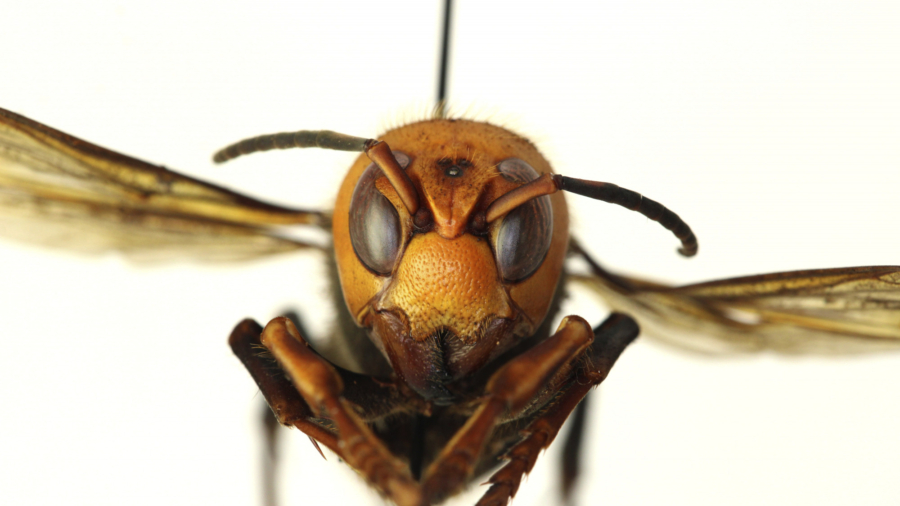A Spanish man reportedly died after an encounter with a giant Asian hornet near his home in northern Spain on May 10.
The 54-year-old man from Villestro in the Spanish region of Galicia was apparently stung on the eyebrow by a “murder hornet.”
The man was stung while tending a wasps nest that was near to a beehive he owned, according to the report. Emergency services were called to the man’s home after a fellow beekeeper found him lying on the floor next to his beehive. He was pronounced dead on the scene.
This is the first report of someone being fatally stung by the invasive species in Spain. The “killer bee” recently made headlines after it was spotted for the first time in the United States, according to Washington State Department of Agriculture (WSDA).
Some experts say that the man was stung by a “Vespa Velutina,” which is the giant Asian hornet’s “little brother” and has been in Spain since 2010, TheOlivePress reported.
“The two species are very different, both is size and potency,” deputy director at the Center for Ecological Research and Forestry Applications (CREAF) Joan Pino told the outlet.
“These hornets do not pose a direct threat to humans and any deaths caused by the vespa velutina has to be treated with suspicion of underlying conditions or allergies.”

Giant Asian Hornet
The giant Asian hornet is the world’s largest species of hornet, which can wipe out a honeybee hive in a matter of hours.
Asian giant hornets—also known as “murder hornets,” the “Giant Sparrow Bee,” and the “yak killer”—measure up to 2 inches long and prey on large insects, such as praying mantises, wasps, other hornets, and bees.
They are so lethal that just one can kill 40 European honey bees in one minute, while a small group of them can decimate an entire bee colony, decapitating them and taking the hive as their own and using the bodies of the dead bees to feed their young.
Their stingers are also long and strong enough to puncture beekeeping suits, and as a result, can be deadly to humans, as a group of them can expose victims to doses of toxic venom equivalent to that of a venomous snake. The venom can destroy red blood cells, resulting in kidney failure and eventual death.

Over a three-month period in 2013, Asian giant hornets killed 42 people and injured 1,675 more in China, while Japan reports that the deadly hornets kill 50 people a year.
Despite the killer hornets being native to temperate and tropical Eastern Asia, in December 2019, the WSDA received and verified four reports of Asian giant hornets near Blaine and Bellingham in Washington, the first sightings in the United States. Canada had also discovered Asian giant hornets in two locations in British Columbia in the fall of 2019. Scientists don’t know how the hornets entered North America.
The New York Times described the hornet’s distinctive look as having “a cartoonishly fierce face featuring teardrop eyes like Spider-Man, orange and black stripes that extend down its body like a tiger, and broad, wispy wings like a small dragonfly.” The WSDA recently published a poster showing what the Asian giant hornet looks like and its notable difference in size compared to several other insects.
Researchers, eager to stop the hornets from establishing a home in the United States and decimating bee populations, have begun a full-scale hunt.
“This is our window to keep it from establishing,” Chris Looney, a WSDA entomologist, told The New York Times. “If we can’t do it in the next couple of years, it probably can’t be done.”
Epoch Times reporter Katabella Roberts contributed to this report.

